Causes of the Civil War
Explore the key events and issues that led to the American Civil War, including slavery, states' rights, and political conflicts.
Overview of the Civil War Causes
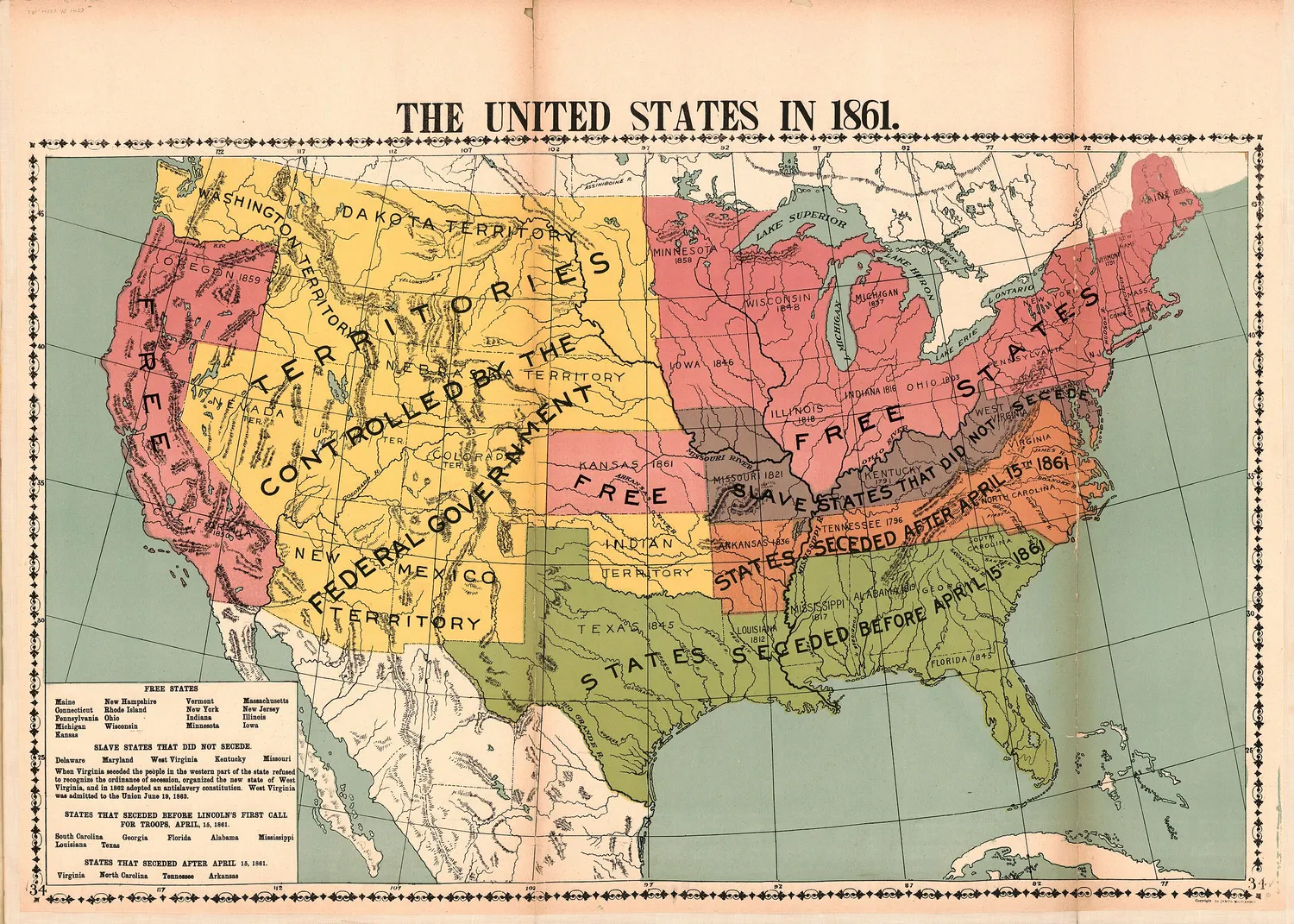
© Library of Congress Geography and Map Division Washington, D.C. 20540-4650 USA dcu
The American Civil War (1861-1865) was a conflict between the Northern states (the Union) and the Southern states (the Confederacy). While many factors contributed to the war, historians generally agree that the central cause was the issue of slavery and its expansion into new territories.
The war resulted from decades of growing tensions between the North and South over economic policies, cultural values, and the power of the federal government versus states' rights. The Southern economy depended heavily on agriculture and slave labor, while the North was more industrialized and had begun to oppose slavery.
Did You Know?
The Civil War was the deadliest conflict in American history, with an estimated 620,000 to 750,000 soldier deaths—more than all other American wars combined until Vietnam.
Slavery as a Central Cause
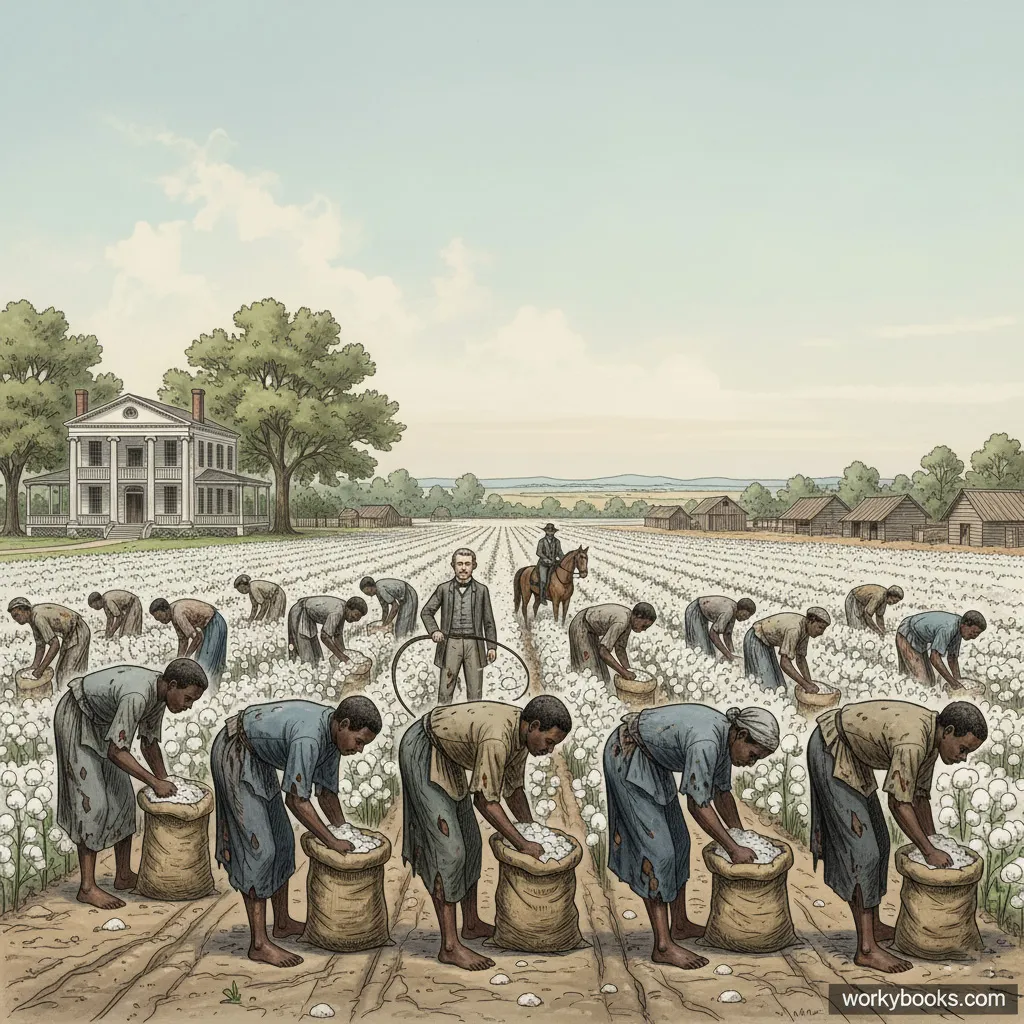
Slavery was the most significant cause of the Civil War. The Southern economy relied heavily on enslaved labor for its agricultural production, particularly cotton, which was known as "King Cotton." By 1860, there were nearly 4 million enslaved people in the United States, with the vast majority in the Southern states.
The North had gradually abolished slavery and developed an economy based on industry and wage labor. This created a fundamental difference in values and economic systems between the regions. As the country expanded westward, the question of whether new territories would allow slavery became a major point of conflict.
First Enslaved Africans
First enslaved Africans arrive in the English colony of Virginia
Cotton Gin Invention
Eli Whitney's cotton gin made cotton production more profitable, increasing demand for enslaved labor
International Slave Trade Ban
Congress banned the importation of enslaved people, but domestic slave trade continued
States' Rights Debate
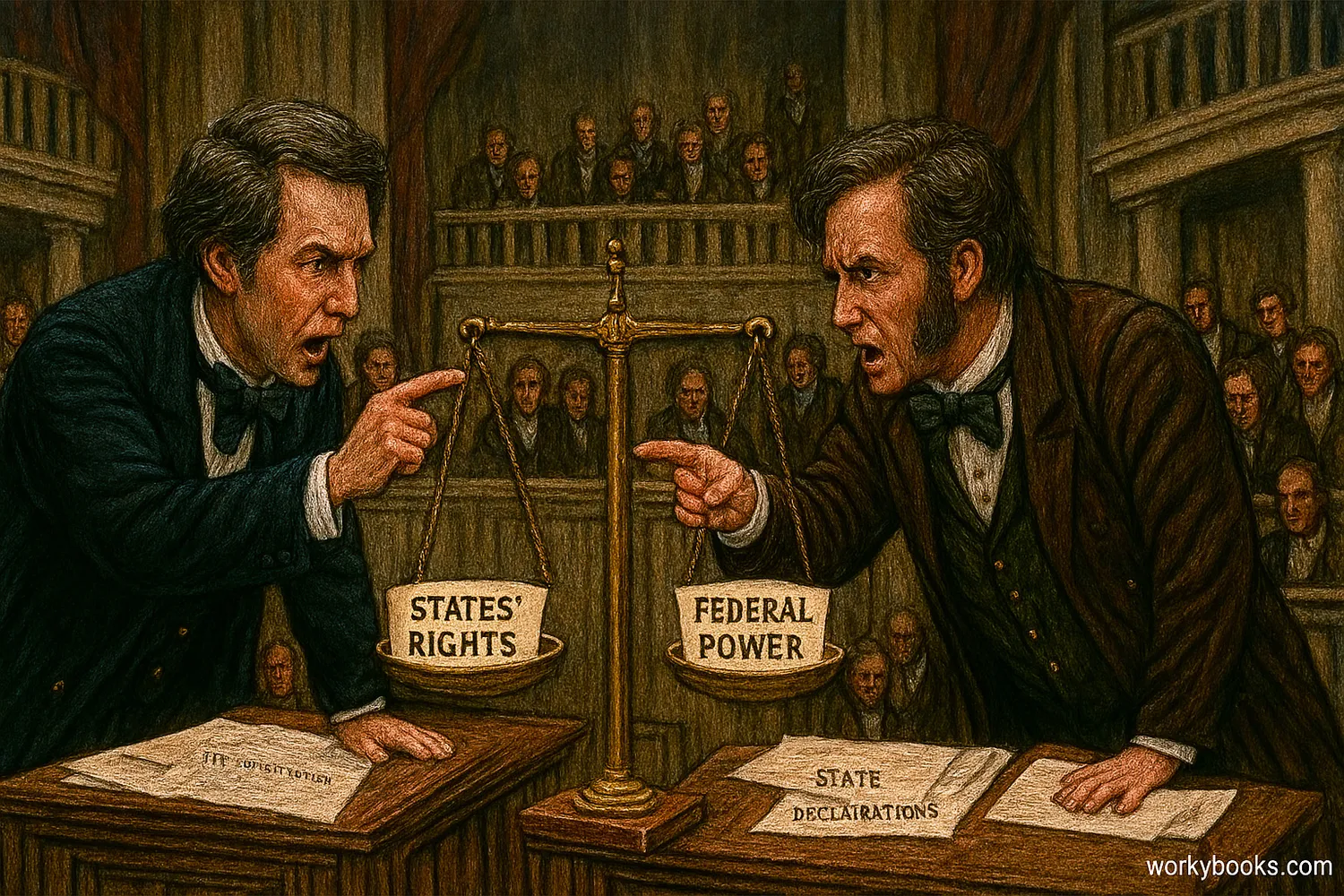
The states' rights debate centered on whether the federal government or individual states should have more power. Southern states argued that they had the right to nullify (reject) federal laws they disagreed with and even to secede (withdraw) from the Union.
This argument was often used to defend the institution of slavery. Southern leaders claimed that the federal government had no right to interfere with their "property rights" (enslaved people) or to prevent the expansion of slavery into new territories. The North argued for a stronger federal government that could regulate issues affecting the entire nation.
Nullification Crisis
South Carolina threatened to nullify federal tariffs in 1832, testing states' rights
Fugitive Slave Laws
Northern states resisted federal laws requiring return of escaped enslaved people
Secession Arguments
Southern states claimed the right to leave the Union if their rights were violated
Secession of Southern States
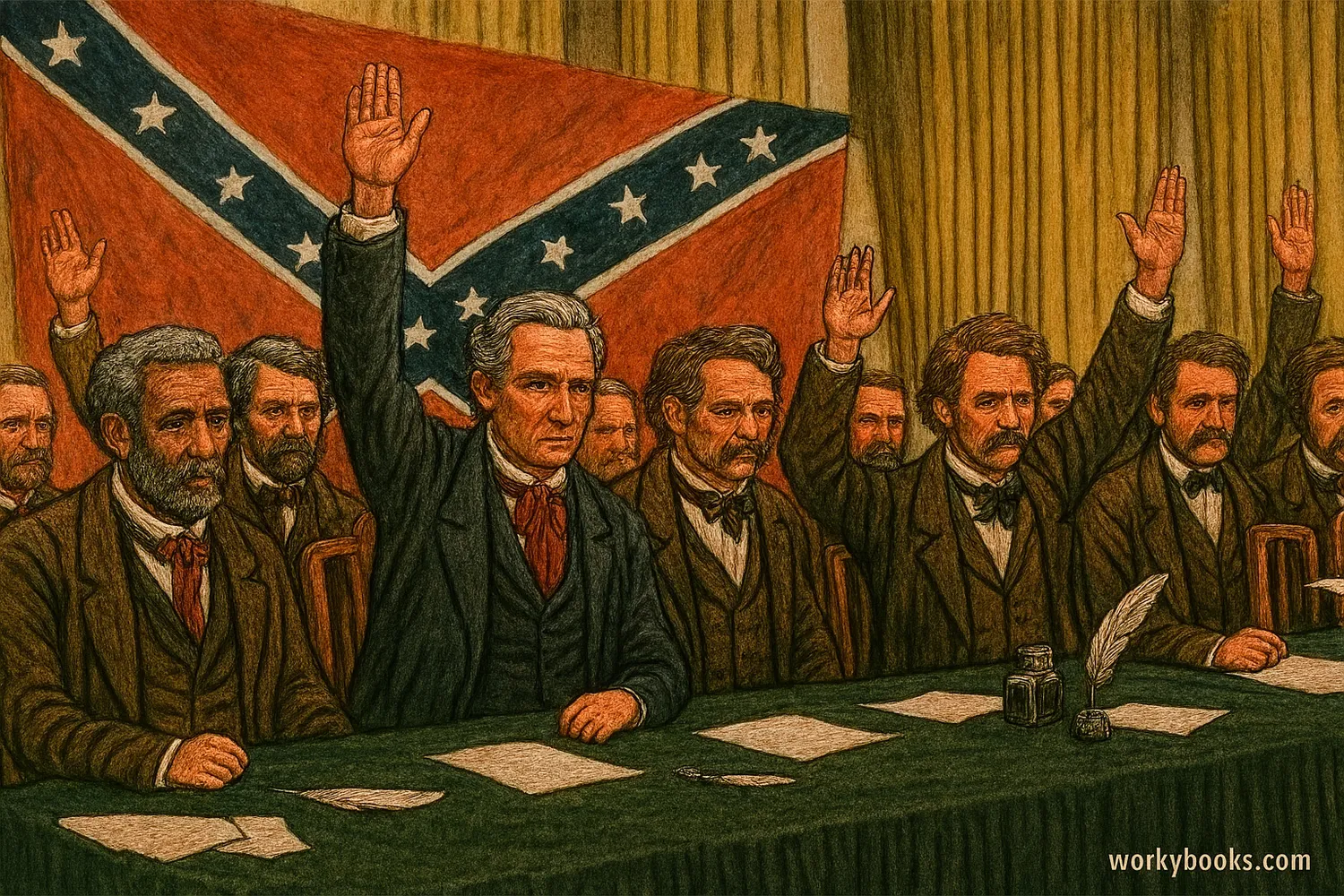
Secession refers to the act of withdrawing from a political union. After Abraham Lincoln was elected president in 1860, Southern states began seceding from the United States, forming the Confederate States of America.
South Carolina was the first state to secede on December 20, 1860. By February 1861, six more states had joined them: Mississippi, Florida, Alabama, Georgia, Louisiana, and Texas. After the attack on Fort Sumter in April 1861, four additional states seceded: Virginia, Arkansas, Tennessee, and North Carolina.
Order of Secession
- South Carolina (December 20, 1860)
- Mississippi (January 9, 1861)
- Florida (January 10, 1861)
- Alabama (January 11, 1861)
- Georgia (January 19, 1861)
- Louisiana (January 26, 1861)
- Texas (February 1, 1861)
Abraham Lincoln's Election
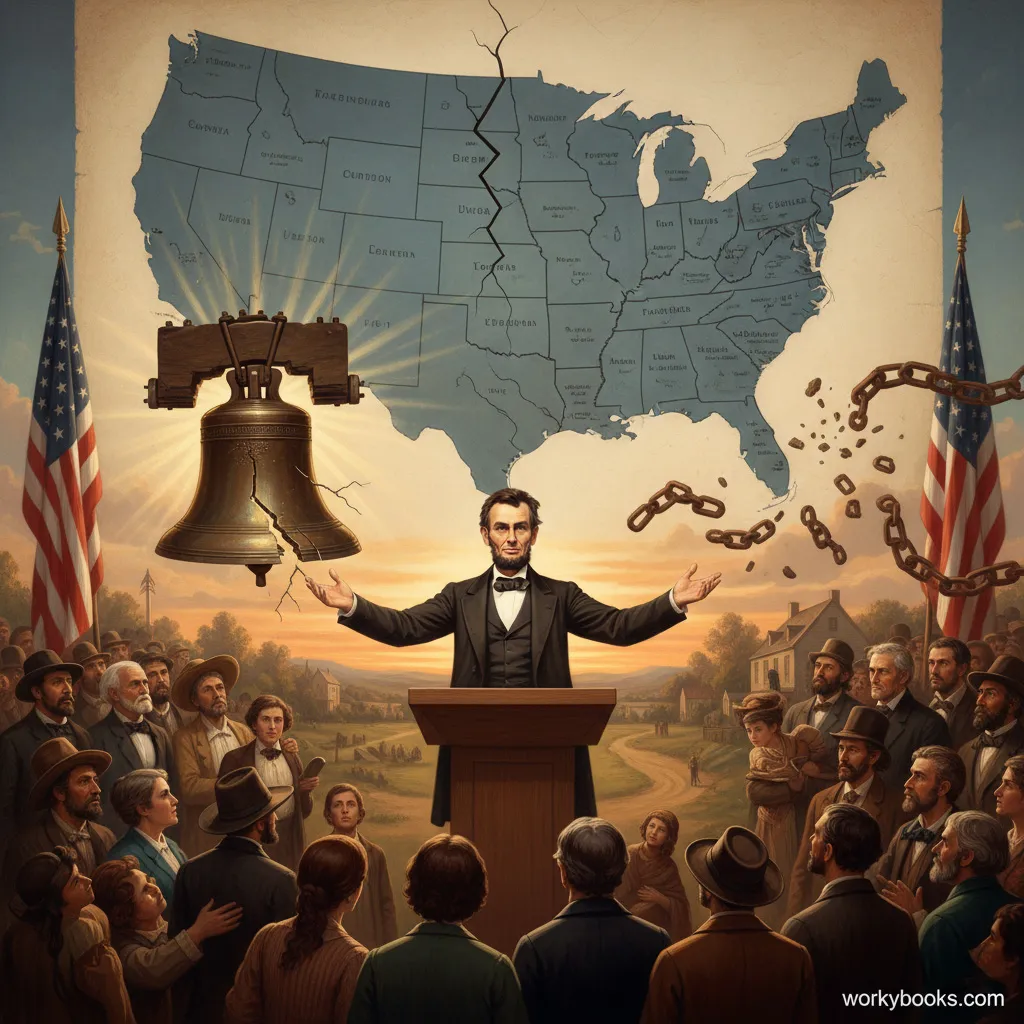
The election of Abraham Lincoln as president in 1860 was the immediate trigger for Southern secession. Lincoln was a member of the new Republican Party, which opposed the expansion of slavery into new territories.
Although Lincoln promised not to interfere with slavery where it already existed, Southern states feared that his election would eventually lead to the abolition of slavery altogether. South Carolina seceded just one month after Lincoln's election, and other Southern states soon followed.
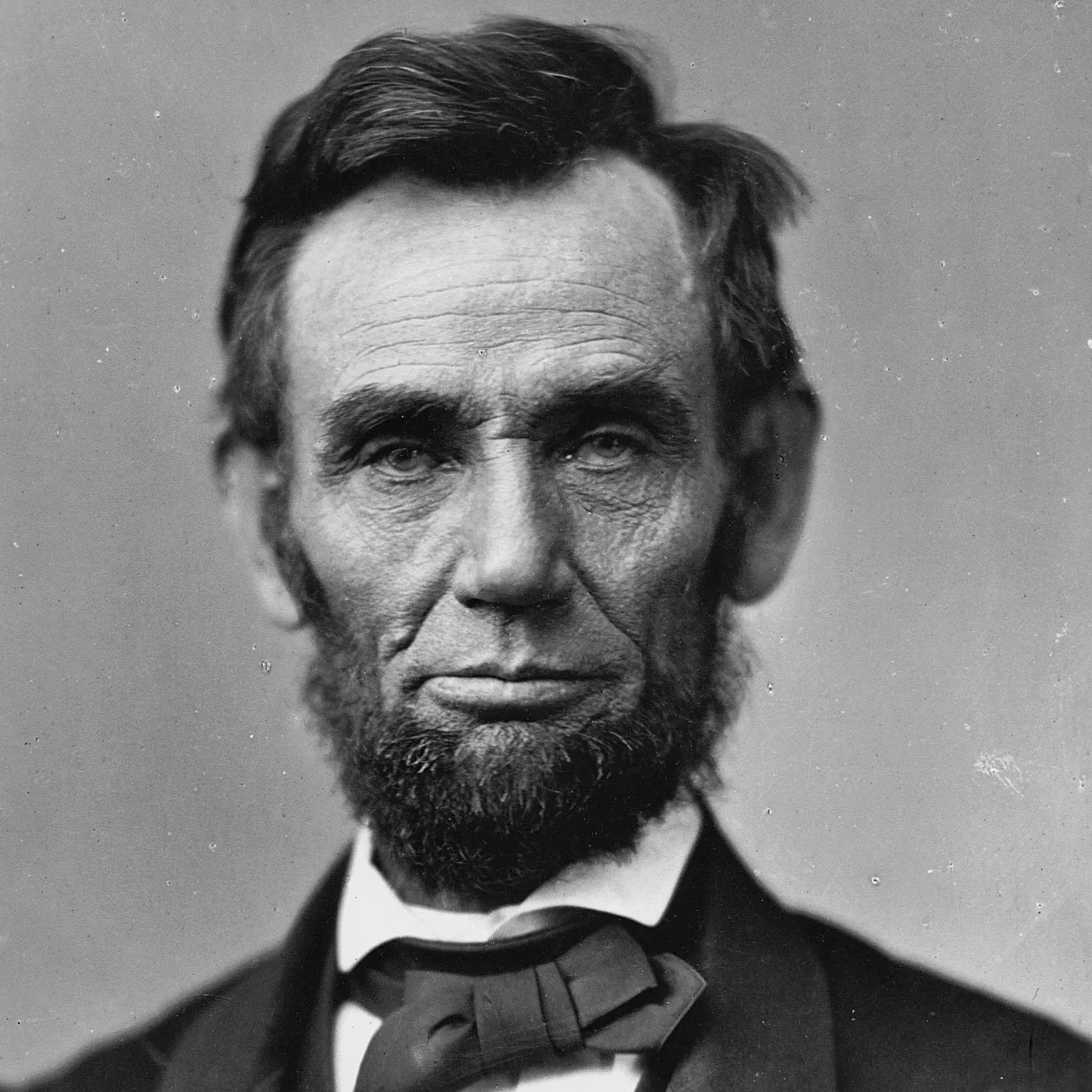
Abraham Lincoln
16th President of the United States (1861-1865)
"A house divided against itself cannot stand. I believe this government cannot endure permanently half slave and half free."
Kansas-Nebraska Act of 1854
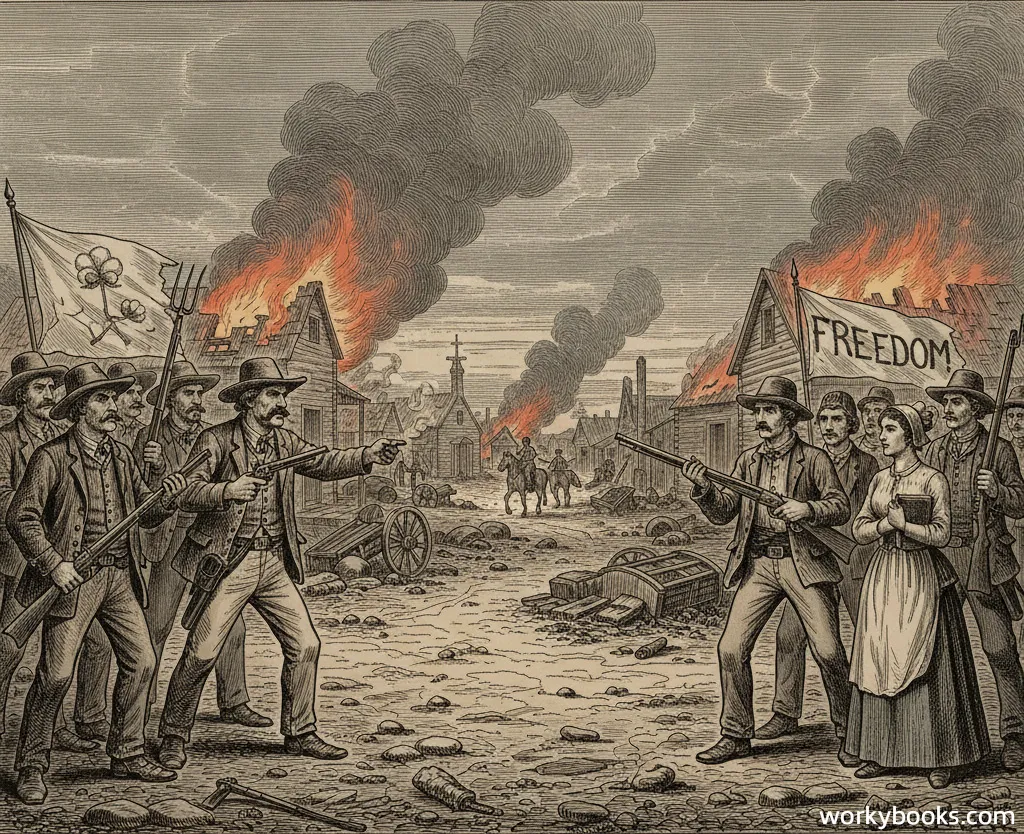
The Kansas-Nebraska Act of 1854 allowed settlers in the Kansas and Nebraska territories to decide for themselves whether to allow slavery through "popular sovereignty." This overturned the Missouri Compromise of 1820, which had prohibited slavery in these territories.
The act led to violent conflicts between pro-slavery and anti-slavery settlers in what became known as "Bleeding Kansas." This violence demonstrated how deeply divided the nation had become over the issue of slavery and showed that the conflict could not be resolved peacefully through political compromise.
Popular Sovereignty
Let settlers vote on whether their territory would allow slavery
Bleeding Kansas
Violence between pro-slavery and anti-slavery settlers
Overturned Compromise
Nullified the Missouri Compromise's restrictions on slavery
Dred Scott Decision
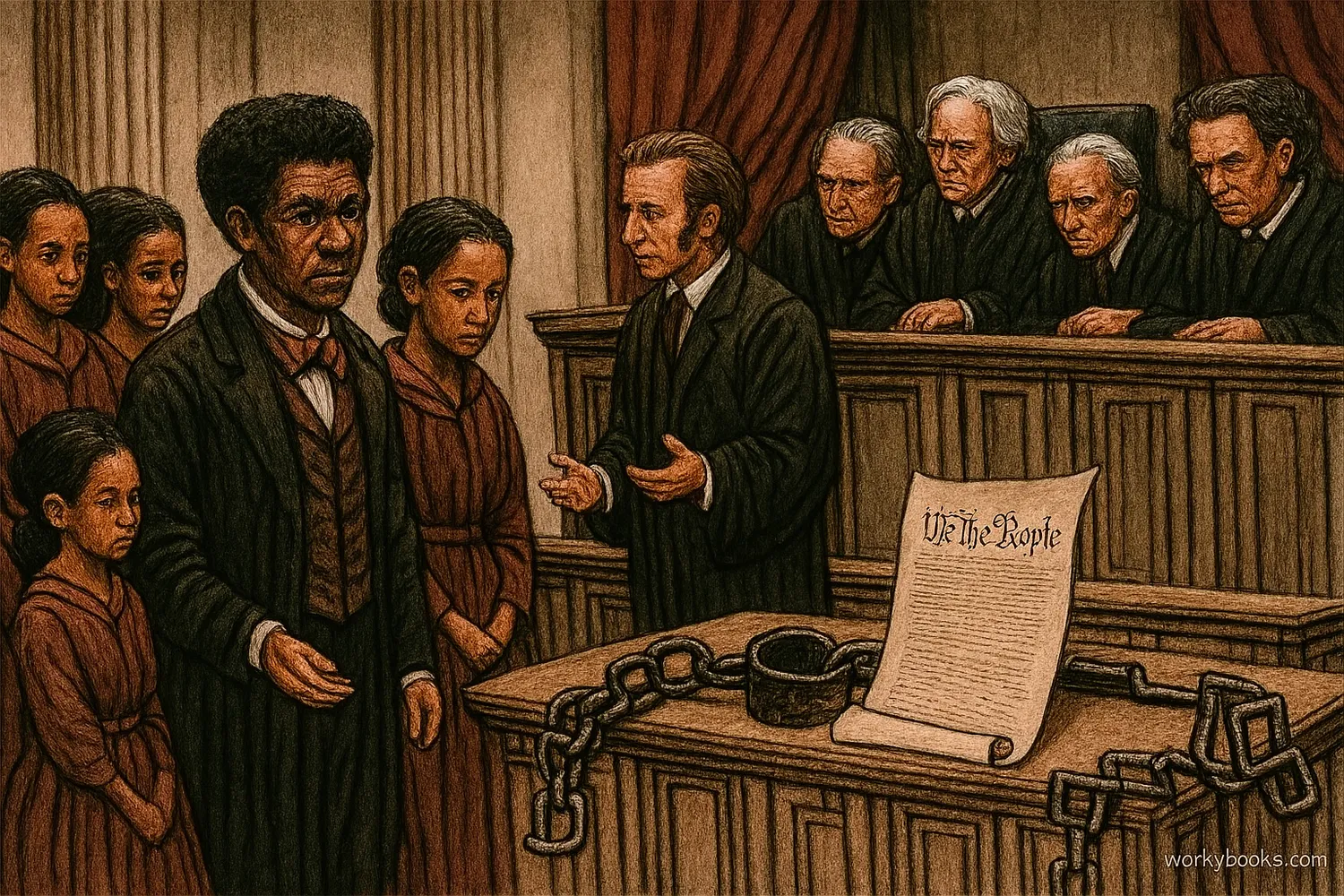
The Dred Scott decision (1857) was a Supreme Court ruling that had major implications for the slavery debate. Dred Scott was an enslaved man who sued for his freedom after living in free territories.
The Court ruled that:
- Enslaved people were not citizens and could not sue in federal courts
- Congress could not ban slavery in the territories
- The Missouri Compromise was unconstitutional
This decision outraged Northerners and strengthened the abolitionist movement. It showed that the Supreme Court, dominated by Southern justices, was willing to protect and expand slavery nationwide.
Causes of the Civil War Quiz
Test your knowledge about the causes of the Civil War! Answer all 5 questions to see how much you've learned.
Frequently Asked Questions
Here are answers to common questions about the causes of the Civil War:
Civil War Trivia
Discover interesting facts about the causes of the Civil War!
Economic Differences
In 1860, the North had over 100,000 factories employing 1.3 million workers, while the South had only 18,000 factories with 110,000 workers. This industrial difference affected how each region viewed tariffs and economic policy.
Population Imbalance
The North had a population of about 22 million in 1860, while the South had only 9 million (including 3.5 million enslaved people). This gave the North a significant advantage in raising armies and supporting the war effort.
Political Division
In the 1860 presidential election, Abraham Lincoln didn't even appear on the ballot in 10 Southern states. The country was so divided that there were four major candidates, each representing different regions and viewpoints on slavery.
Supreme Court Composition
At the time of the Dred Scott decision in 1857, 5 of the 9 Supreme Court justices were from slave states, and 7 had been appointed by pro-slavery presidents. This influenced the court's ruling on slavery-related cases.


